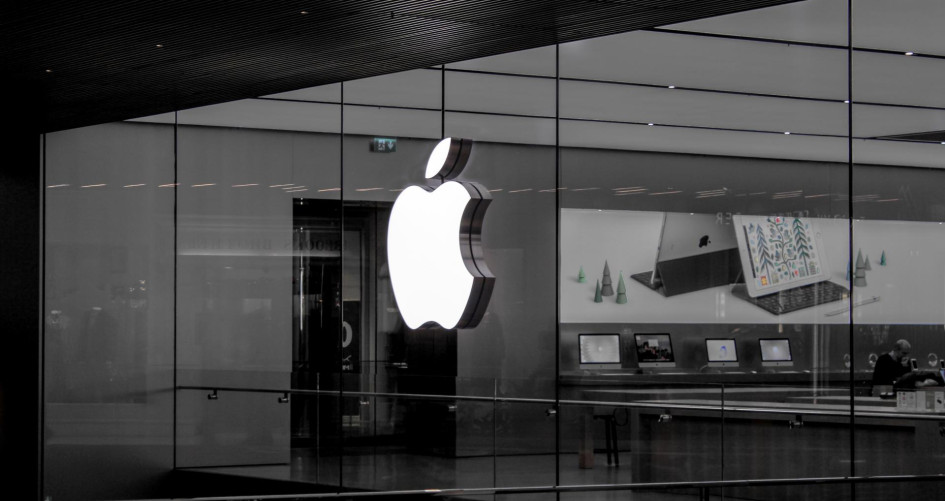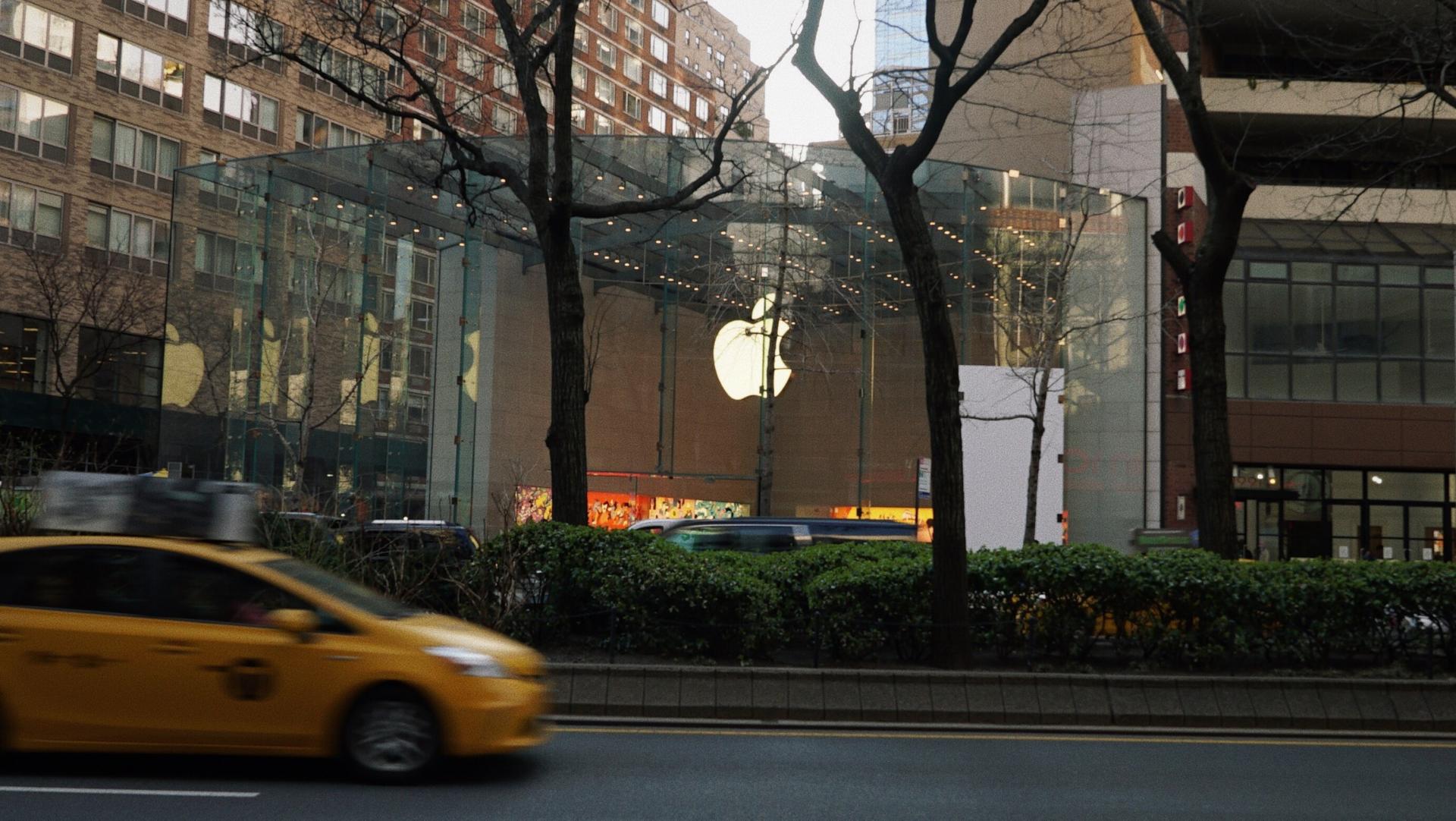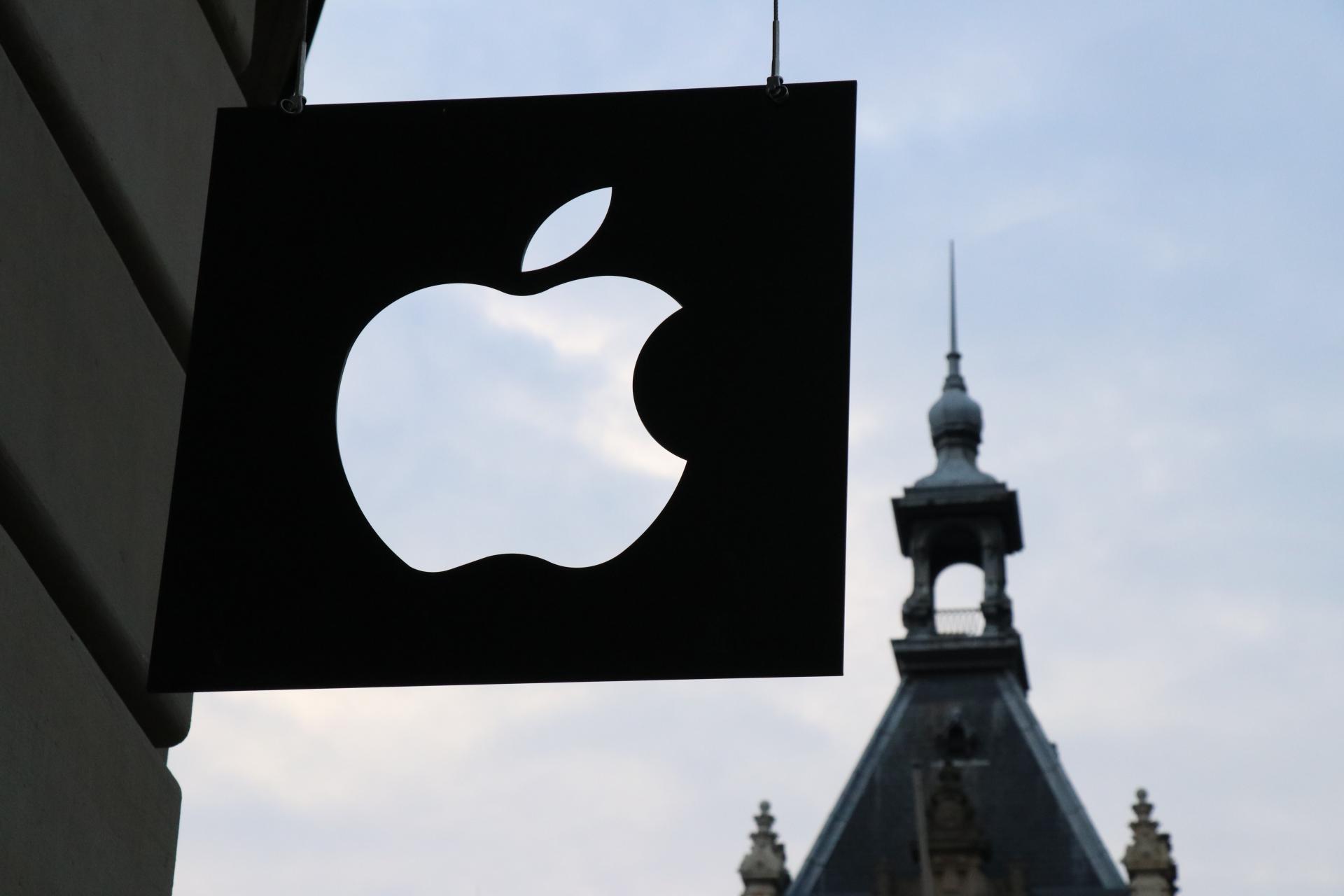Summary
Apple is on a mission to make its products without taking from the Earth. Its work to reduce carbon emissions is a significant part of this effort, with Apple taking responsibility for its entire carbon footprint. Apple calculates its carbon footprint in five areas: corporate facilities, product manufacturing, product use, product transportation, and product end-of-life processing.
Apple has transitioned to 100% renewable energy for the electricity it uses in its offices, retail stores and data centres in 43 countries across the world, which has reduced emissions from direct operations to only 2% of the company’s carbon footprint. Apple is also expanding its emission reduction efforts with its Supplier Clean Energy Program to transition its entire supply chain to 100% renewable energy.
Key Facts
- In the past three years, Apple has reduced its carbon footprint by 35%.
- Apple has transitioned to 100% renewable energy for the electricity used at its offices, retail stores and data centres in 43 countries across the world.
- Apple has decreased average product energy use by 70% across all of its major product lines.
- Apple has also partnered with Conservation International to protect and restore a 11,000 hectare mangrove forest in Colombia, which is expected to sequester 1 million tonnes of CO2 over the project’s lifetime.
The Problem
Apple has estimated that in the 2018 fiscal year, its carbon footprint was 25.2 million tonnes of CO2. Since 2008, the company has been comprehensively calculating its carbon footprint to consider the entire lifecycle of its technology products. Apple then uses these detailed carbon footprint results to focus their efforts. For example, Apple has deepened its engagement with its supply chain, because about two-thirds of Apple’s emissions come from the manufacture of its products. The company also uses carbon life-cycle assessments during the product design process to inform decision-making.
Around 98% of Apple’s carbon footprint comes from emissions calculated from a product life cycle methodology that follows ISO 14040/14044 standard. The remaining 2% of emissions includes scope 1, 2, and 3 emissions relating to Apple’s direct operations.
The Solution
Apple has developed a three-pronged approach to maximize emission reductions associated with its entire carbon footprint:
1. Renewable energy:
Apple’s programmes focus on creating renewable energy projects in the grids from which it draws energy. In 2018, 66% of its renewable energy use came from Apple-created projects. In 2015, Apple launched its supplier Clean Energy Program to reduce manufacturing emissions. As of April 2019, 44 suppliers in 16 countries have committed to 100% renewable energy for the production of products used by Apple. Apple engages with its suppliers to support their transition to clean energy, by working with them to advocate for policy change, connecting them with high-quality clean energy projects and developers, and providing training on the benefits of clean energy.
2. Energy efficiency:
Apple prioritizes energy reduction at its corporate and supplier facilities. The company has programmes to identify energy efficiency measures at Apple facilities and in its supply chain. These programmes have prevented over 500,000 tonnes of CO2e from entering the atmosphere.
3. Low carbon design:
By sourcing recycled or renewable materials, Apple has been able to further decrease its carbon emissions. For example, the carbon footprint of the aluminum enclosures for the company’s MacBook computers has been steadily decreasing since 2015. To do this, Apple has sourced aluminum from hydro-powered smelters, improving the material efficiency of manufacturing processes and increasing the recycled content in its products. Use of 100% recycled aluminum for the enclosure of the new Mac Mini and MacBook Air has cut the carbon footprint of these products nearly in half.
Helping the Planet
Apple has partnered with Conservation International to protect and restore a 11,000-hectare mangrove forest in Colombia, which is expected to sequester 1 million tonnes of CO2 over the project’s lifetime. These mangroves not only protect the coasts and help support the livelihood of the communities where they grow, but they can also store up to 10 times more carbon than forests on land. This is because mangroves store significant amounts of “blue” carbon in the soil below the water line, in addition to stored carbon in their roots, leaves and branches like other trees.
This project with Conservation International is the first to fully value the entire ecosystem — including trees and soil — for its climate mitigation value. Apple hopes this effort will encourage the protection of threatened mangrove ecosystems globally as important resources in the fight against climate change.
Helping People
Apple’s investments in energy efficiency and clean energy initiatives not only provide cost savings for Apple and its suppliers, but also promote economic opportunity by promoting new renewable energy markets. By issuing green bonds, Apple has invested in programmes that offer both environmental and organizational benefits. In 2016, its green bond was the first to be offered by a United States tech company and, at USD 1.5 billion, the largest green bond issued by any U.S. corporation. In June 2017, following the U.S. Administration’s announcement of its intention to withdraw from the Paris Agreement, Apple issued its second green bond, a USD 1 billion issuance. Apple has invested over USD 165 million, from this second green bond alone, to energy efficiency programmes which will reduce costs and save more than 2 million kWh annually throughout the life of the projects.
Spillover Effect
Apple has partnered with nine companies, among them Fujitsu, Ikea, Microsoft, Patagonia and Sony, to formally encourage the Japanese government to promote corporate renewable energy. In addition, Apple is promoting the creation of a renewable energy credit market in China, as part of the Green Electricity Consumption Cooperative towards climate neutrality.
Beyond policy engagement, Apple products are also helping reduce emissions — for example, the average amount of energy used by an Apple product has decreased by 70% across all of its major product lines. The company has reduced the carbon footprint of its manufacturing process through the use of recycled materials. Customers are also encouraged to return old devices through Apple Trade In, which further avoids the emissions associated with raw material extraction.




Images owned by the activity partners, all rights reserved.








